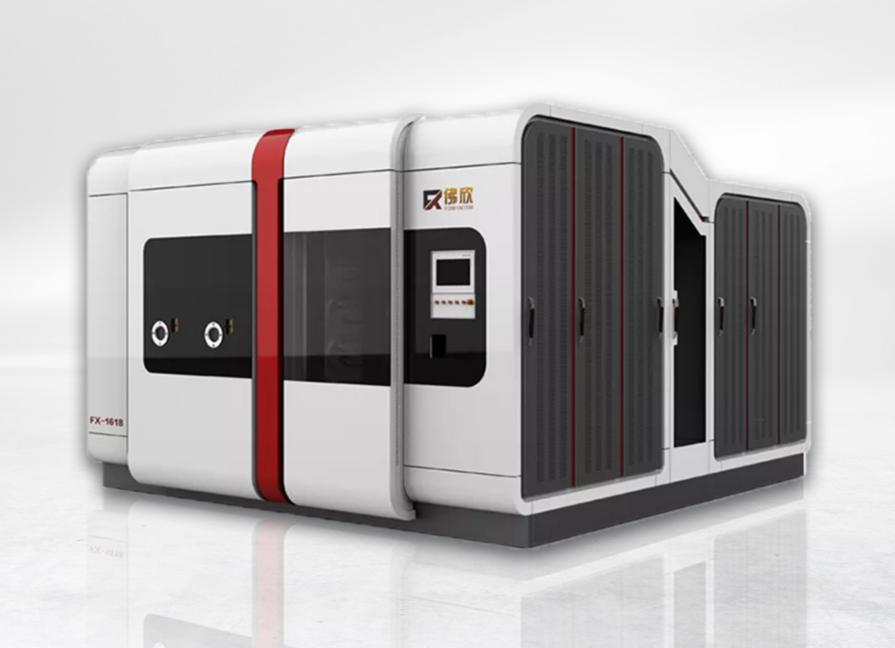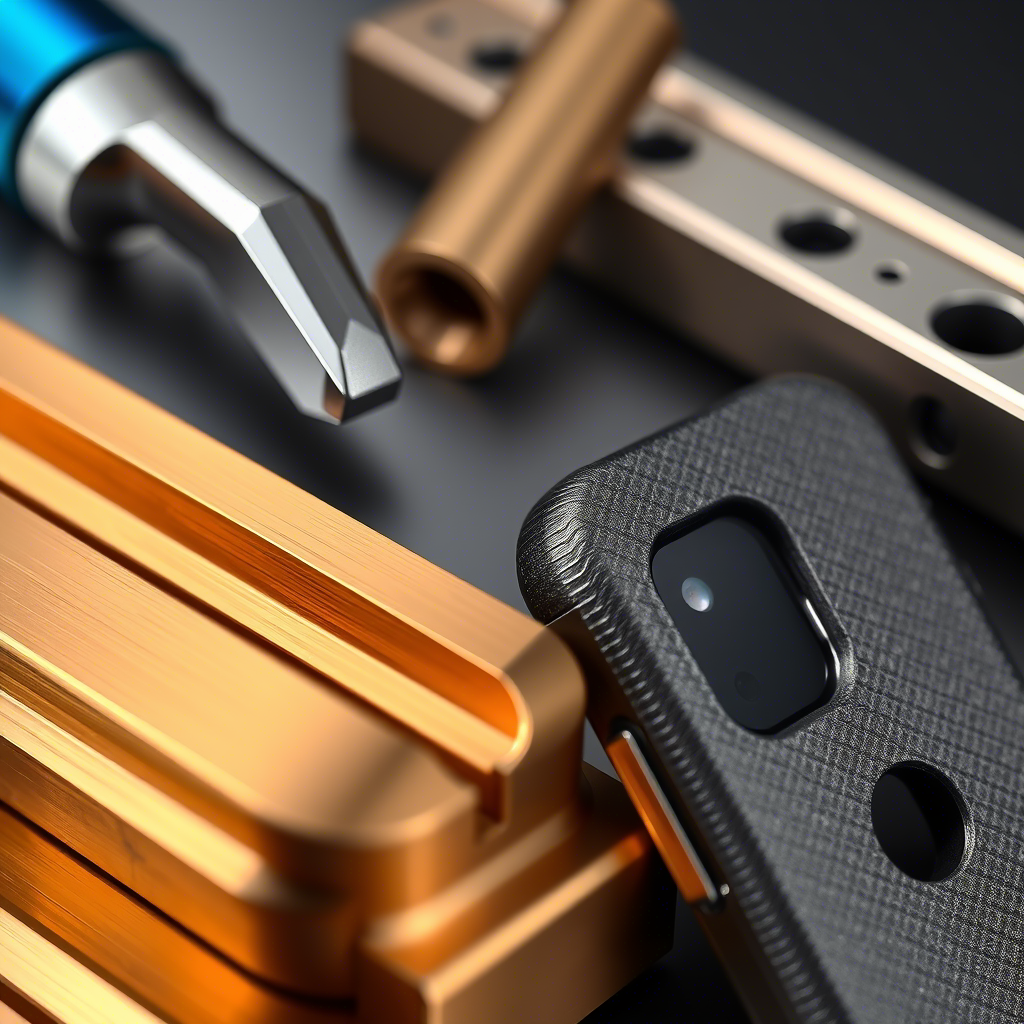Explore PVD Coating Materials for Top Results
PVD coating materials come in many types, from ultra-tough hard coatings to flashy decorative ones. They’re used in tools, jewelry, medical devices, and more. Want your product to last longer and look better? This article dives into the features, uses, substrate selection tips, and eco-friendly benefits of PVD coating materials. It’ll help you pick the perfect PVD coating for performance and style.
1. PVD Coating Tech Basics
Thin Film Process
PVD, or physical vapor deposition, is a process that deposits PVD coating materials into super-thin layers in a vacuum. The coating thickness is usually 0.25 to 5 microns, thin as a feather.
The process works in two ways: thermal evaporation heats the material into a gas, or sputtering uses ions to knock atoms off a sputtering target. These atoms form a tough thin film coating. Techniques like magnetron sputtering, rf sputtering, and dc sputtering make the coating even and precise, perfect for all kinds of PVD coating materials.
Compared to chemical vapor deposition (CVD), PVD has clear advantages. CVD needs high heat and chemical reactions, often creating harmful byproducts. But the PVD process runs at lower temperatures, makes less waste, and is more eco-friendly. That’s why PVD coating materials are a top choice for green manufacturing.
Flexibility
A PVD coating is like invisible armor for objects. It boosts surface hardness, wear resistance, and corrosion protection while adding a cool look. For example, a titanium nitride coating makes tools last longer. A chromium nitride coating shields parts from rust. And a gold PVD coating gives jewelry a fancy shine. Unlike traditional electroplating, a PVD coating sticks better, and the process is greener with less waste. That makes it popular in industrial manufacturing and everyday products.
Material Matters
The choice of PVD coating materials decides the outcome. Hard coatings, like a TiN coating, are great for cutting tools, extending their life. Decorative coatings, like a gold PVD coating, make jewelry sparkle. Low-friction coatings, like a DLC coating, improve mechanical parts by cutting down wear. Pick the right PVD coating materials, and your product will nail both function and looks.
2. PVD Coating Materials Overview
Here’s a simple guide to common PVD coating materials, their types, and features to show you what each one offers:
| Category | Common Materials | Key Features | Hardness (HV) | Typical Uses |
|---|---|---|---|---|
| Hard Coatings | TiN, TiCN, TiAlN, ZrN, DLC | High hardness, wear resistant, oxidation resistant | 1500-9000 | Drill bits, bone screws |
| Decorative Coatings | Gold, Graphite, Aluminum | Smooth, shiny, multi-colored (gold, black) | – | Rings, car wheels |
| Low-Friction Coatings | Graphit-iC, MoST | Ultra-low friction, high load capacity | 1500-2000 | Aerospace gears, liquid environment parts |
| Corrosion-Resistant Coatings | TiAlN, ZrN, CrN, SIOX | Strong corrosion resistance, no appearance change | – | Engine valves, marine equipment |
- TiN (titanium nitride): Introduced in the 1980s, hardness around 2300 HV. Its face-centered cubic structure gives high stability. Gold-colored, great for tools and decorative items.
- TiCN (titanium carbonitride): Adding carbon boosts hardness to 3000 HV. Very wear resistant coating, used in injection molds.
- TiAlN (titanium aluminum nitride): Aluminum forms an alumina protective layer, resists high-temperature oxidation. Ideal for high-speed cutting.
- ZrN (zirconium nitride): Hardness at 2800 HV, gold-colored, corrosion resistant. Protects engine valves.
- DLC (diamond-like carbon): Hardness up to 9000 HV, sp3 bond structure close to diamond. Low friction, perfect for watches and mechanical parts.
- SIOX (silicon oxide): Enhances substrate performance, works on metal and plastic. Good for coating on plastic.
- MoST (molybdenum sulfide-based): Friction coefficient as low as 0.1, hardness 1500-2000 HV. Used in aerospace components.
- Titanium coating (PVD titanium coating): Offers high hardness and corrosion resistance. Common in medical and industrial applications.
The performance of these PVD coating materials comes from their chemical structure and deposition process, like ion deposition.

3. Application Scenarios
Cutting Tools
Cutting tools need high-hardness PVD coating materials to boost performance and durability. Titanium aluminum nitride coating works great in high-temperature cutting due to its excellent oxidation resistance. A well-known drill bit brand used titanium aluminum nitride coating and extended tool life by 30%. This means fewer replacements and better production efficiency. In contrast, titanium carbonitride coating has higher hardness. It’s ideal for high-wear scenarios like injection molds, reducing wear and downtime.
Jewelry & Watches
Jewelry and watches aren’t just decorative. They must withstand daily wear. Gold PVD coating gives rings and necklaces a luxurious shine. It’s scratch-resistant and keeps pieces sparkling. Black PVD coating offers a subtle, elegant look. It’s durable and suits those chasing a unique style. Diamond-like carbon coating is common in high-end watches. Its ultra-high hardness and low friction make it super wear-resistant and give a distinct sheen. A Swiss watch brand used diamond-like carbon coating and saw a big jump in wear resistance, lengthening product life.
Medical Implants
Medical implants demand top safety and durability. PVD coating ensures reliability. Titanium nitride coating has great chemical stability and resists corrosion in the body. It’s often used for bone screws and joint implants, extending their lifespan. PVD titanium coating is smooth and reduces tissue irritation, fitting various implant needs.
Diamond-like carbon coating stands out with its high hardness and low friction. It’s perfect for joint replacement parts, cutting down wear against bones. Its smooth surface also lowers infection risks, giving patients more peace of mind.
Automotive Parts
Car parts need corrosion resistance and good looks. Chromium nitride coating protects engine components from wear and corrosion. PVD aluminum coating makes wheel hubs shine, boosting visual appeal. A luxury car brand used PVD wheel coating for both durability and a premium feel, striking a balance between function and style.
4. Base Material Tips
Suitable Base Materials
PVD coating materials work great on various base materials:
- High alloy steel: Stainless steel is good for tools and PVD material.
- Non-ferrous metals: Copper or aluminum works for decorative parts.
- Hard metals: Tungsten or titanium is ideal for industrial components.
- Plastics: ABS or polycarbonate is used for phone cases with coating on plastic.
- Graphite: Perfect for high-performance applications.
Unsuitable Base Materials
Some base materials need caution:
- Unplated brass: Poor adhesion, so the coating peels easily.
- Zinc-plated materials: Weak bonding, likely to fail.
Pre-Treatment Matters
Pre-treatment is critical for PVD coating materials quality:
- Thorough cleaning: Remove oil and oxides to boost adhesion.
- Special prep: Plastics need electroplating with nickel-chromium first.
- Low-temp process: Use vacuum coating with low-temperature arc vapor for plastics to prevent warping.

5. Environmental & Economic Benefits
Green Process
PVD coating materials are known for being eco-friendly. The vacuum coating process produces almost no waste and uses no harmful chemicals, fitting well with sustainability goals. PVD coating equipment vaporizes materials in a vacuum chamber, depositing them as a thin film deposition without toxic solutions. Compared to electroplating, PVD coating materials cut down on wastewater treatment costs, making it green and efficient.
High Durability
PVD finish has a higher upfront cost but offers great long-term value. PVD coating materials resist wear, corrosion, and scratches, extending the life of PVD coating jewelry, PVD coating watch, and PVD coating wheels for auto parts. Materials like titanium nitride and chromium nitride coating perform reliably and come in various PVD coating colors, like rose gold PVD, blending style and function. One car brand using PVD wheel coatings saw maintenance costs drop by 20%.
Eco-Friendly & Cost-Effective
PVD coating materials balance environmental and economic benefits. From decorative plating to wear resistant plating, PVD meets the needs of many industries. Low waste and high durability reduce environmental impact and long-term costs, boosting competitiveness. Whether for high-end watches or tough tools, PVD coating materials are a smart choice.

